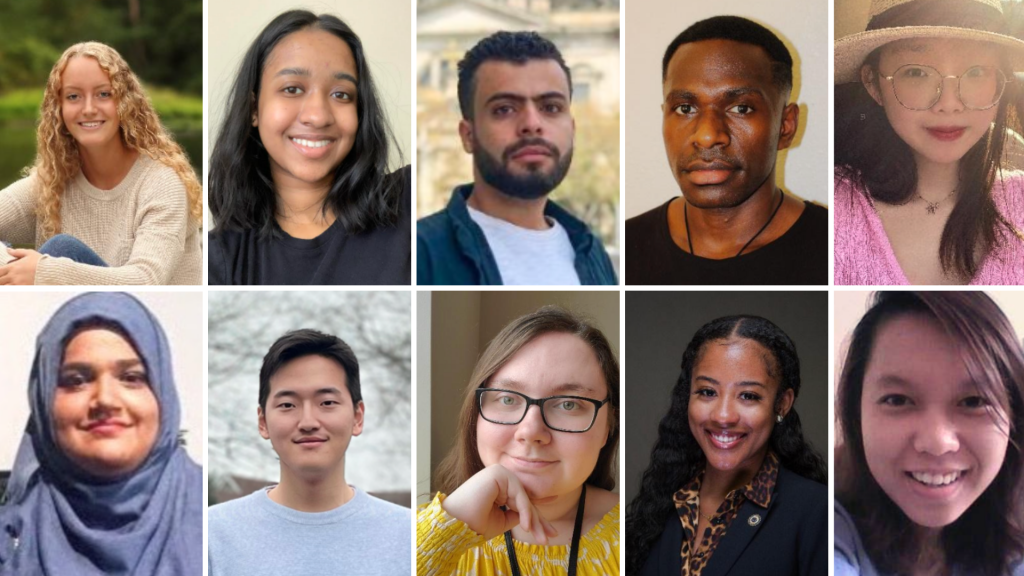Undergraduate Student Internship Program
The Undergraduate Student Internship Program provided summer opportunities for undergraduate students from US colleges and universities to receive mentorship and training from labs working with NIH's Human Biomolecular Atlas Program (HuBMAP). 2025 was the last internship year for the HuBMAP project. Thank you to all of our interns and mentors for your contributions to this important program.

Quotes from our interns
Congratulations to all program participants for a wonderful 2025 internship season. This was our last internship year for the HuBMAP project. Check out the final presentations from our 2025 interns below.
Calling all current and former interns!
If you ever participated in HuBMAP research as an undergraduate, we invite you to join the HuBMAP Intern Networking Group on LinkedIn. PIs and mentors are also encouraged to join.
Recent HuBMAP Intern Accomplishments
In 2024, 22 interns had rewarding, engaging experiences across 19 HuBMAP labs. At the end of their internship, the interns presented their research findings to the HuBMAP and broader community.
In 2023, we offered in-person and remote opportunities, and our 22 interns had a rewarding, engaging experience across 19 HuBMAP labs. At the end of the internship, the interns presented their research findings to the HuBMAP and broader community.
Interested in viewing presentations from earlier years?
2022 intern presentations
2021 intern presentations

